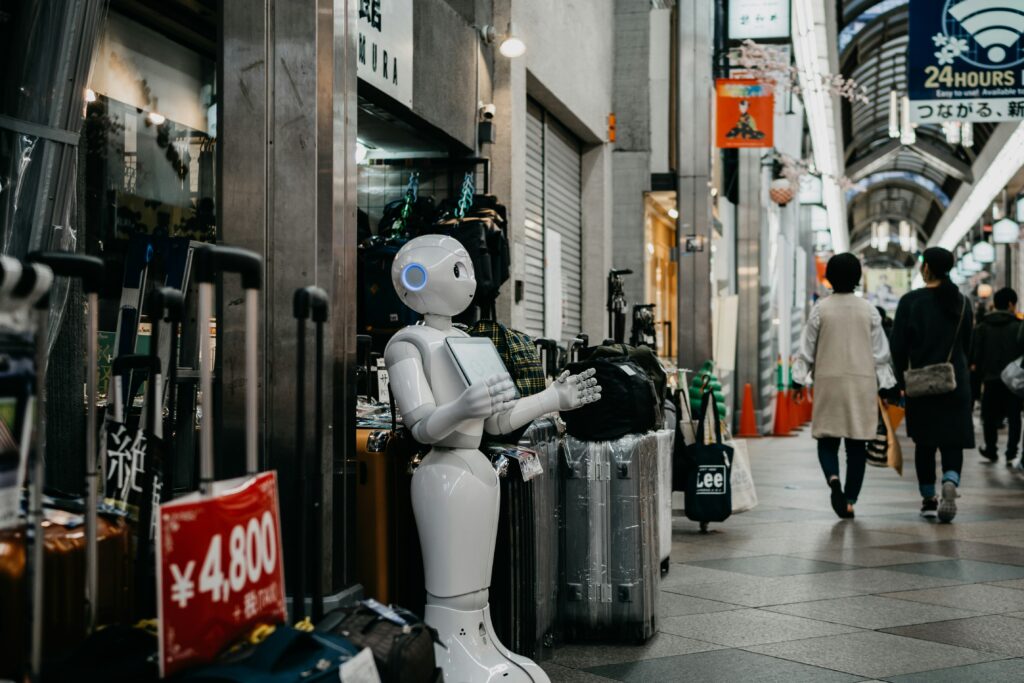The tech world is buzzing with innovations, and at the forefront are **AI-powered gadgets** that seamlessly blend advanced intelligence with tangible hardware. Recent events, such as the Consumer Electronics Show (CES) 2024, showcased a plethora of devices that move beyond simple automation to genuine intelligence. We’re seeing everything from smartwatches capable of detecting early health issues with greater accuracy, to smart home hubs that learn your daily routines and proactively adjust environments, and even personal AI companions that understand complex commands and context. This shift signifies a move from ‘smart’ to ‘intelligent,’ where devices leverage on-device AI for faster processing, enhanced privacy, and new, intuitive functionalities.
According to a report by TechCrunch covering industry insights, the market for AI in consumer electronics is projected to grow significantly, reaching an estimated value of over $50 billion by 2027. This growth is fueled by increasing consumer demand for more personalized and efficient devices, coupled with the miniaturization of powerful AI chips. Data from various market research firms indicates a steady rise in adoption rates, particularly in segments like wearables, smart speakers, and AI-enabled cameras. This highlights a clear trend: consumers are ready for devices that don’t just respond to commands but also anticipate needs and offer proactive solutions, transforming mundane tasks into seamless experiences.
The impact of these **AI-powered gadgets** on industries and daily life is profound. In healthcare, wearable devices with AI are providing continuous, non-invasive health monitoring, enabling early detection of anomalies and offering personalized wellness advice. For productivity, smart devices are streamlining workflows, from AI-assisted note-taking pens to intelligent displays that optimize meeting experiences. In the smart home sector, AI is creating truly adaptive environments, learning user preferences for lighting, temperature, and security, thereby enhancing comfort, energy efficiency, and overall safety. This hyper-personalization is making technology feel less like a tool and more like an extension of ourselves.
Looking ahead, industry experts predict an even deeper integration of AI into hardware, moving towards what is often called ‘ambient computing.’ This future envisions a world where technology is omnipresent but invisible, woven into the fabric of our environment, constantly working in the background to serve us. Dr. Anya Sharma, a leading analyst in future tech, states, “The next frontier for **AI-powered gadgets** is ‘predictive intelligence’ – devices that don’t just react but proactively offer solutions, often before we even realize a need.” This includes ethical considerations around data privacy and the development of robust, secure edge AI systems that process information locally. We can expect new form factors, more specialized AI coprocessors in everything from laptops to refrigerators, and a greater emphasis on creating truly intuitive and user-centric experiences. For a deeper dive into how our homes are evolving, check out our article on the rise of smart home technology.

